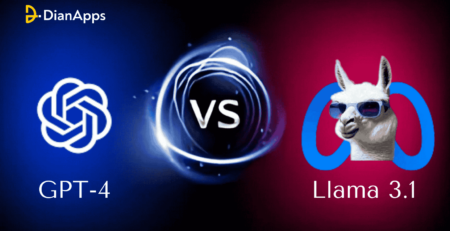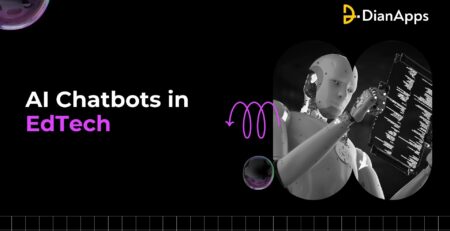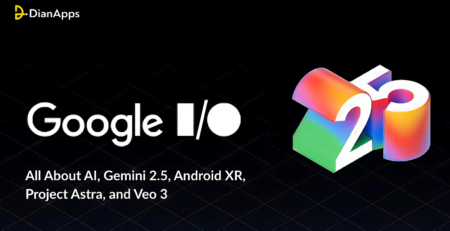What does AI tool ChatGPT mean for the future of writing?
Artificial intelligence bot is ruling the timelines and news feeds all over digital lives. From smartphones to chatbots, the use of AI has spread like fire to help individuals and organizations to gather a massive amount of data without the indulgence of mankind.
One such great example of an AI tool is ChatGPT. Yes! You may have heard a lot about this particular tool in the most recent news flash and its tremendous usage for anyone and everyone is just making this openAI tool more special and eye candy in the industry.
Wondering how will ChatGPT change the ecosystem of writing in the future? Well, AI chat tools have the potential to greatly impact the future of writing in a number of ways. One of the main benefits is the ability to automate repetitive or mundane writing tasks, such as data entry or content generation.
This can save time and resources for businesses and individuals, allowing them to focus on more creative and strategic writing.
Additionally, AI chat tools can help improve the accuracy and efficiency of language translation, making it easier for people from different cultures and backgrounds to communicate with one another. They can also be used to create more personalized and engaging customer interactions, through the use of natural language processing and machine learning algorithms.
Sounds intriguing, isn’t it? Let’s know about this new wave in detail below.
What is ChatGPT and what are its uses?
ChatGPT is a large language generation model developed by OpenAI. It uses deep learning techniques to generate human-like text. It can be used for a variety of natural language processing tasks, such as language translation, text summarization, conversation generation and even curating development codes for developers.
ChatGPT has been trained on a massive dataset of internet text and can generate coherent and fluent responses to a wide range of prompts. Some popular use cases include creating chatbots, automated content generation, and language translation.
However, it’s important to note that AI chat tools are not yet advanced enough to replace human writers completely. They still have limitations in understanding context, tone, and nuance. It’s also important to consider the ethical implications of using these tools, such as the potential loss of jobs and the potential for misuse.
Features of ChatGPT
One of the most effective chatbots, ChatGPT replies to users’ innovative, logical, intelligent, and creative questions. We’ll examine ChatGPT’s features now.
- ChatGPT keeps track of past input and questions.
- In order to prevent objectionable outputs from being created by or present in ChatGPT, queries are filtered using the moderation API. This approach ignores possible racial or gendered triggers.
- It enables users to make revisions to their replies after they’ve submitted them.
How does ChatGPT work?
- Chat GPT is the acronym of generative pre-training transformer (GPT-3) which means it’s a generative language model based on the ‘transformer’ architecture.
- Unlike traditional NPL (Natural Language Processing) models that rely on hand-crafted rules and manually labeled data, ChatGPT uses a neural network architecture and unsupervised learning to generate responses.
- This indicates that it can help you learn in generating the responses without the need to explicit what the correct response is, which makes it a useful resource for handling a wide spectrum of conversational tasks.
- ChatGPT employs a multi-layer transformer network, a sort of deep learning architecture that has shown promise in interpreting natural language, to provide replies.
- An input sentence is given to the model, which then analyses it using its own knowledge to provide a response that is pertinent to the input.
- The capacity of ChatGPT to provide replies that are consistent with the conversation’s context is one of its important advantages. This indicates that the model is able to comprehend the conversation’s flow and provide replies that flow naturally with what has already been stated.
- Due to the necessity for a conversational model to be able to manage a variety of queries and follow-up questions without losing sight of the context, it is ideal for activities like customer support.
- ChatGPT is capable of a variety of different NLP tasks in addition to producing replies, including sentiment analysis, language translation, and text summarization. As a result, it is an adaptable instrument with a wide range of uses.
Overall, ChatGPT is an effective NLP model that can produce replies that resemble those of a human being in response to an input. It is an effective tool for a variety of conversational activities because of its capacity to comprehend the conversational context and produce pertinent replies.
Now that we have covered how ChatGPT works, it’s time to also cover the limitations that comes along with the merits of using this openAI tool in the below segment.
Limitations of Chat GPT
- The very first limitation of using ChatGPT is the size and complexity of ChatGPT’s model, which makes it resource-intensive to execute, and is one of its drawbacks. This might make it difficult to employ in real-time applications, such as chatbots, where it could be necessary to give prompt replies.
- Since ChatGPT is a generative model, another drawback is that it can’t always give precise responses to certain queries. It might often be challenging to use the produced replies in particular applications since they could be irrelevant or illogical.
- Another limitation is that chatGPT is the quantity and quality of data that it was trained on. The model may not be able to produce precise results for inputs that are outside of its training data if it has not been trained on a varied and representative dataset.
To sum up, ChatGPT is a strong and adaptable NLP model, however, it is not without flaws. It’s not the best option for some applications because of how resource-intensive it is and the possibility of replies that are irrelevant or absurd.
Overview of ChatGPT stats
- The debut of Chat GPT occurred on November 30, 2022.
- On December 15th, 2022, ChatGPT debuted its updated embedding model.
- Within a week of its inception, ChatGPT reached one million members.
- Microsoft sent OpenAI a $1 billion check.
- Since ChatGPT’s training ceased in 2021, it can only retrieve data from the years before 2021.
- Microsoft Azure helps OpenAI and gives them the computing resources needed to run ChatGPT.
- By the end of 2024, ChatGPT’s owner OpenAI expects to be able to produce $1 billion in income.
- The OpenAI anticipates $200 million in income by the end of 2023.
Over to you
That’s a wrap on the emerging wave of Chat GPT, a tool that is going to define the future of writing. Although It is difficult to predict the exact future of ChatGPT writing, it is likely that the technology will continue to improve and become more widely adopted.
One potential use case is in the field of content creation, where ChatGPT models can be used to generate large amounts of high-quality text quickly and efficiently. Additionally, ChatGPT writing could be used in a variety of other applications such as customer service, language translation, and educational materials.
It is also possible that ChatGPT writing will be used in conjunction with other AI technologies, such as natural language understanding, to create even more powerful and useful applications.




